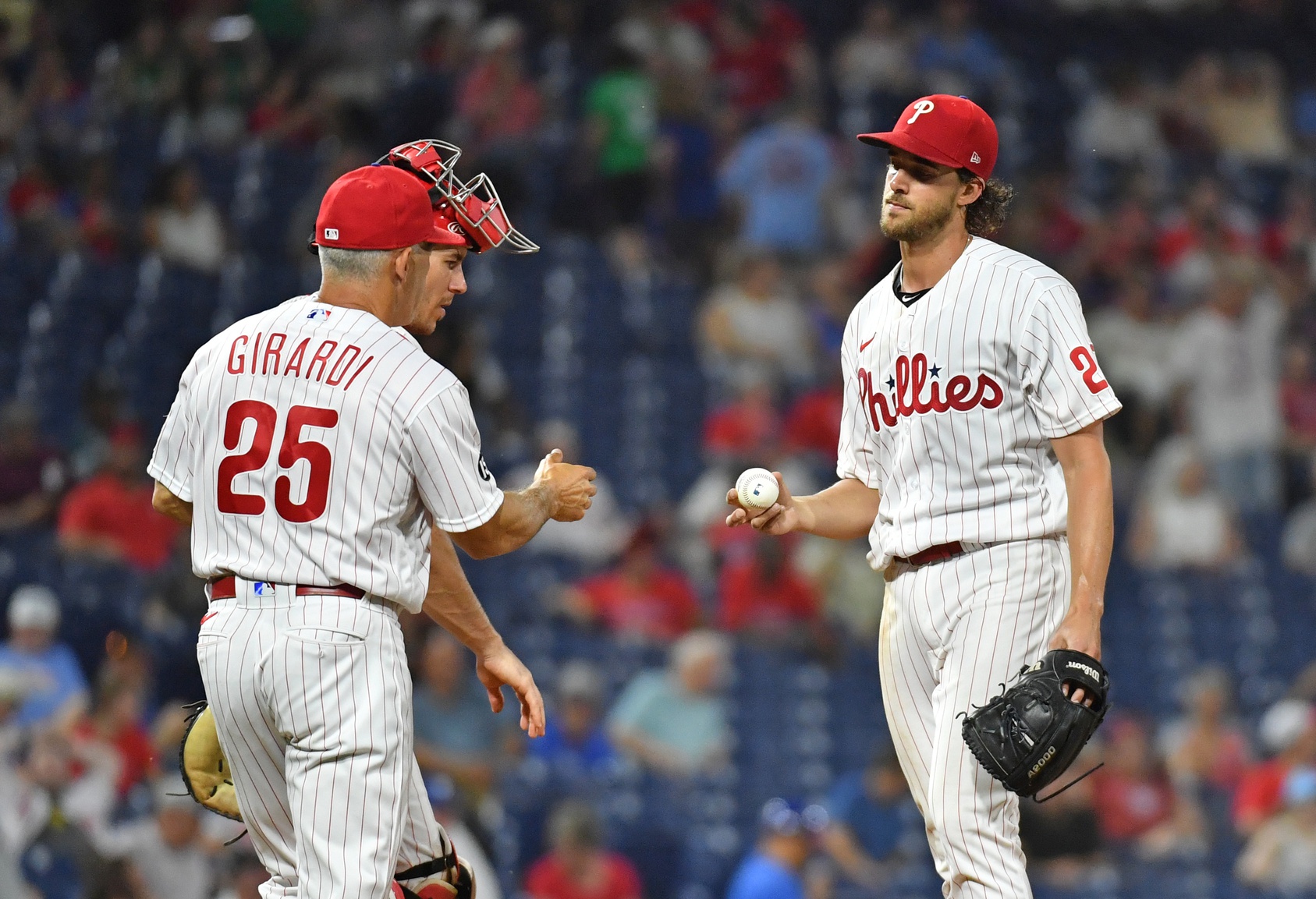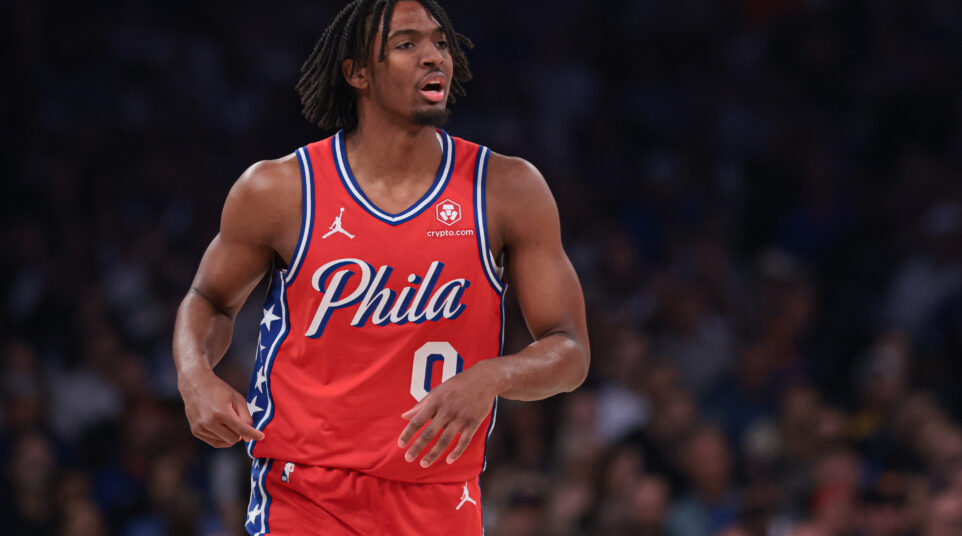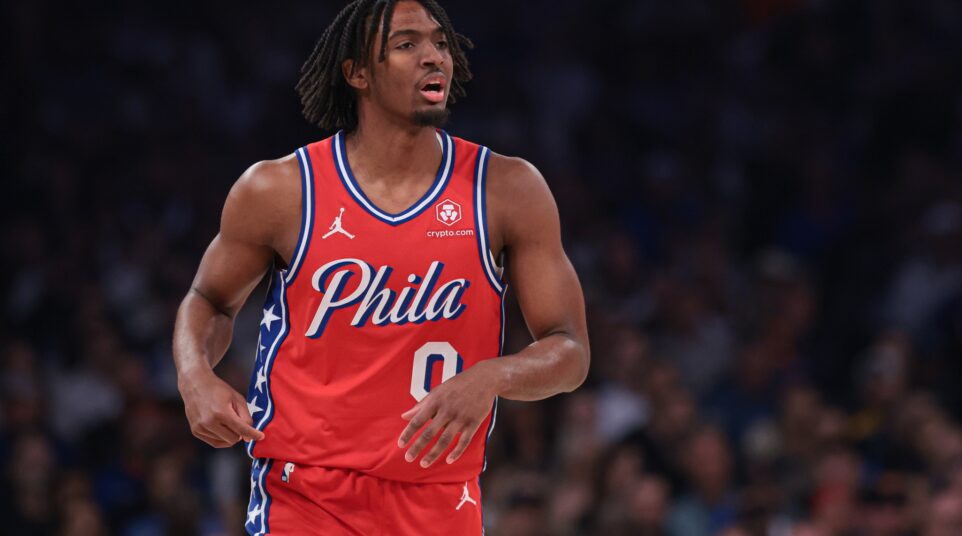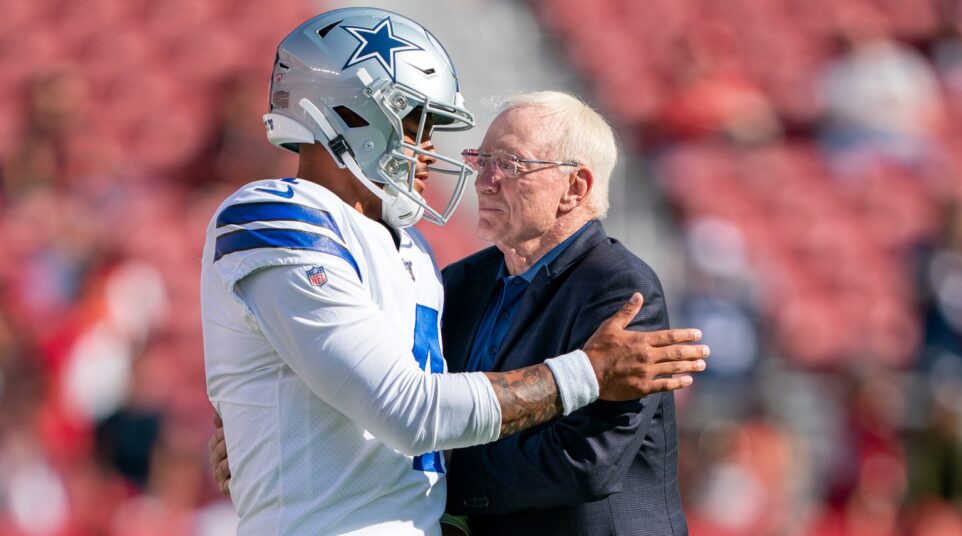
Numbers Show Aaron Nola Should be Better, But He Must Bear Down in Second Half
Aaron Nola last pitched in a game for the Phillies on July 6, and whenever he comes off the COVID-related IL, they will need more from him.
Much more.
Despite winning four of Nola’s first five games, the Phillies are just 9-9 this season when he starts. While several of those losses should not be pinned solely on Nola, he closed the first half with a bloated 4.53 ERA.
Of 61 MLB pitchers who have thrown at least 90 innings this season, only eight of them currently possess a higher ERA. Only three of them reside in the National League.
Much will be made of the direction Phillies president of baseball operations Dave Dombrowksi chooses to take ahead of the July 30 trade deadline. If he deems this team a contender, his front office will likely explore both bullpen and starting rotation upgrades.
However, any such potential moves will be made in vain if the Phillies don’t get more from Nola, a front-of-the-rotation pitcher who is supposed to consistently provide high quality starts.
It is consistency that has eluded Nola so far this season. There’s no question he has given the Phillies a handful of elite performances.
There was the complete game, two-hit shutout against the Cardinals back on April 18. More recently, he was fantastic against the Yankees with 7 2/3 innings of shutout ball on June 13 and again nearly two weeks later when he tied Tom Seaver’s Major League-record with 10 consecutive strikeouts against the Mets.
10 straight strikeouts for Aaron Nola ties Tome Seaver’s record that’s lasted 51 years! pic.twitter.com/eu6cfKVqXy
— Philly Sports Reports (@PhlySprtsReprts) June 25, 2021
Still, too often he has underwhelmed this season.
Consider these points:
- Nola has logged quality starts in just half of his turns through the rotation.
- Since June 1, he has completed at least six innings in just two of seven starts.
- During that time, he has a 6.00 ERA. Opponents have hit .287 with an .850 OPS. Both figures are well above league average.
Cherry picking a short sample to paint an unflattering picture? Not really.
Stretch it back to May 4, a span of 12 starts (or 66% of his season), and Nola has pitched to a 5.37 ERA while allowing opponents to hit .274 with a .799 OPS.
Naturally, his shaky first half performance leads to two separate questions:
- What’s wrong?
- Can it be fixed?
Nola was asked the first question after his last start on June 6, an outing in which he allowed four runs over six innings to the Cubs.
He pointed to his difficulty in stopping big innings, specifically noting his struggles with leadoff hitters and with two outs.
“I think one, especially the leadoff hitter, it’s obviously harder if you don’t get him out first,” he said. “And I feel this year with two outs I haven’t been able to put those guys (away). With two outs, they’ve been scattering hits around, maybe a walk here and there.”
He’s not wrong.
Leadoff hitters have been all over Nola this season, batting .304 with an .824 OPS. Compare that production to his career numbers (including this season) in which opponents have hit just .226 with a .657 OPS. Prior to this season, the first batter of an inning hit just .217 against him.
With two outs, opponents are hitting .242 against Nola with a .483 slugging percentage and .799 OPS. For his career, they are hitting just .215 with a .338 slugging percentage and .626 OPS.
𝙃𝙊𝙒 𝘿𝙊 𝙔𝘼 𝙇𝙄𝙆𝙀 𝙏𝙃𝘼𝙏?
Jesús Sánchez rips the Marlins 4th straight 2-out single to tie the game at 5 in Philadelphia, and Aaron Nola's night is done!@Marlins | #JuntosMiami pic.twitter.com/iroY4YYivg
— Bally Sports Florida & Bally Sports Sun (@BallySportsFL) July 1, 2021
In both situations, opponents are having considerably more success. Still, there’s reason to believe Nola will be better in the second half.
His 3.72 xERA (expected ERA), per Statcast, is significantly better than his actual 4.53 ERA. Meanwhile, opponents are hitting .331 against him on balls in play this season, significantly up from a career .296 BABIP.
Although batters are barreling slightly more balls against him so far this season, his opponent hard-hit percentage (36.8%) isn’t drastically different than his career mark (34.1%). His average exit velocity allowed is also roughly in line with his career number, as are his pitch velocity numbers.
To take things a step further, Nola has actually generated a career-low in opponent contact in the strike zone, and he’s on pace to generate both his highest career K% and lowest career BB%, all of which are seemingly positive developments.
In other words, there have been some elements of bad luck in play.
Undoubtedly, some of that bad luck has been aided by a consistently poor defense, although that variable isn’t likely to change over the next 2 1/2 months.
In terms of what falls directly on Nola, two things jump out.
While opponent batting averages on both his curveball and changeup are mostly in line with his career numbers, the slugging percentage is way up, meaning the damage done is also way up.
In the case of both pitches, hitters’ actual production outperform the expected outcomes, but he’s been fat in the zone with these pitches at times, and he’s getting burned more frequently when it happens.
Nobody Panik, Joe homered first. pic.twitter.com/GebxZFez85
— Miami Marlins (@Marlins) June 30, 2021
Comparing career numbers and data with his current season only tells part of the story. Nola has to consistently make better pitches in tight spots and not let negative outcomes snowball.
No split better illustrates this need to better execute in difficult situations than his poor work with runners in scoring position.
The good news? He’s had success in such situations before.
For his career, opponents have posted a .233 average and .674 OPS with runners in scoring position, but those numbers have ballooned to a staggering .321 average and .940 OPS this season.
So, yes, luck has played a role in his struggles, but the bottom line is that Nola must find a way to more consistently bear down in key spots.





